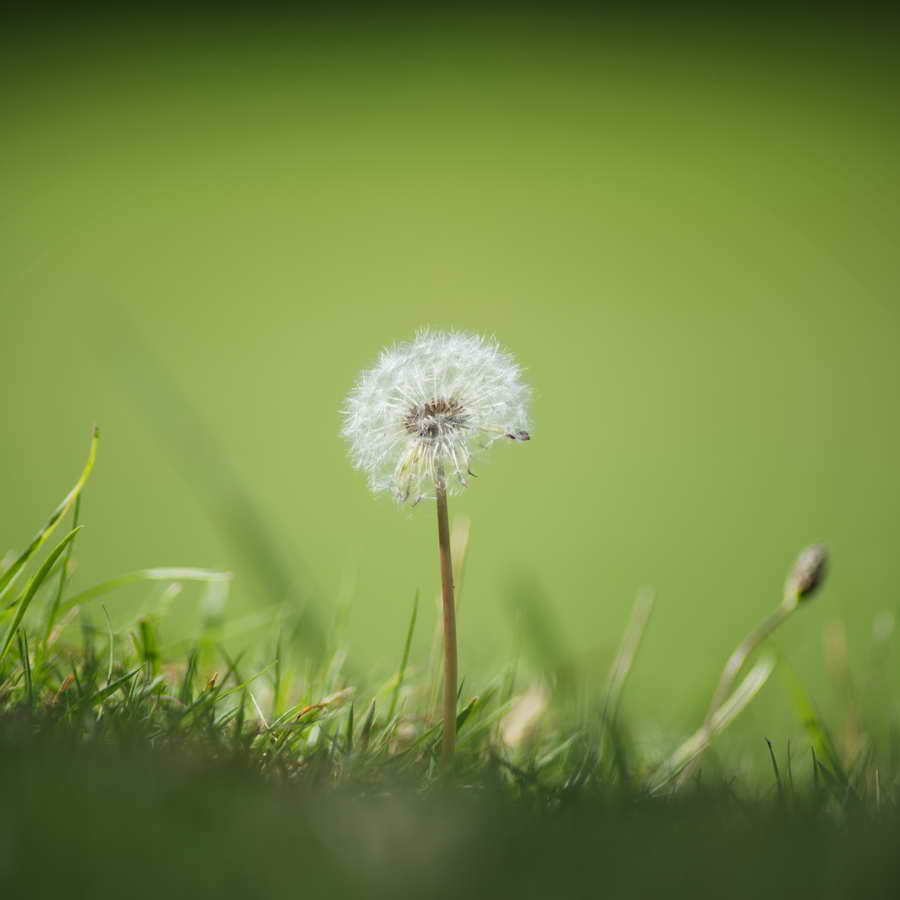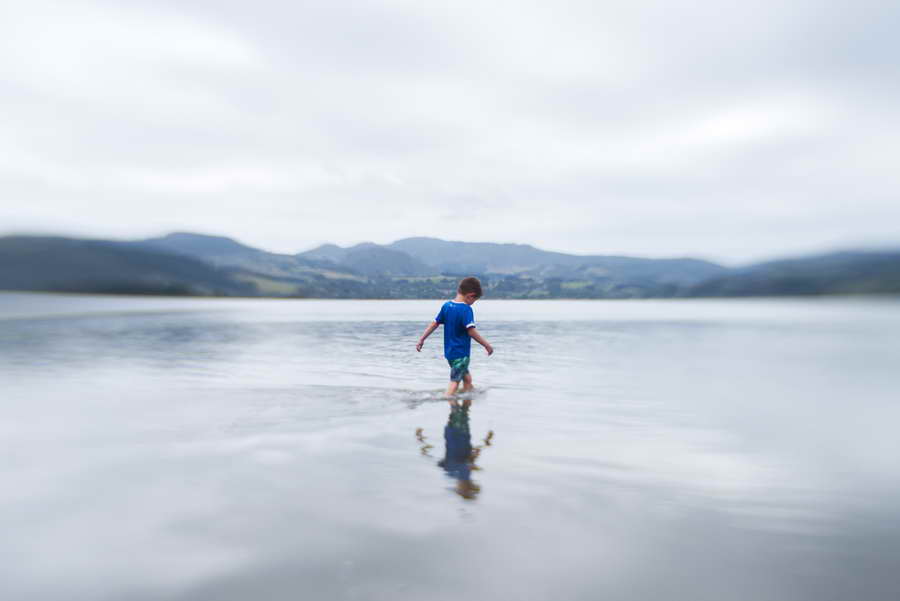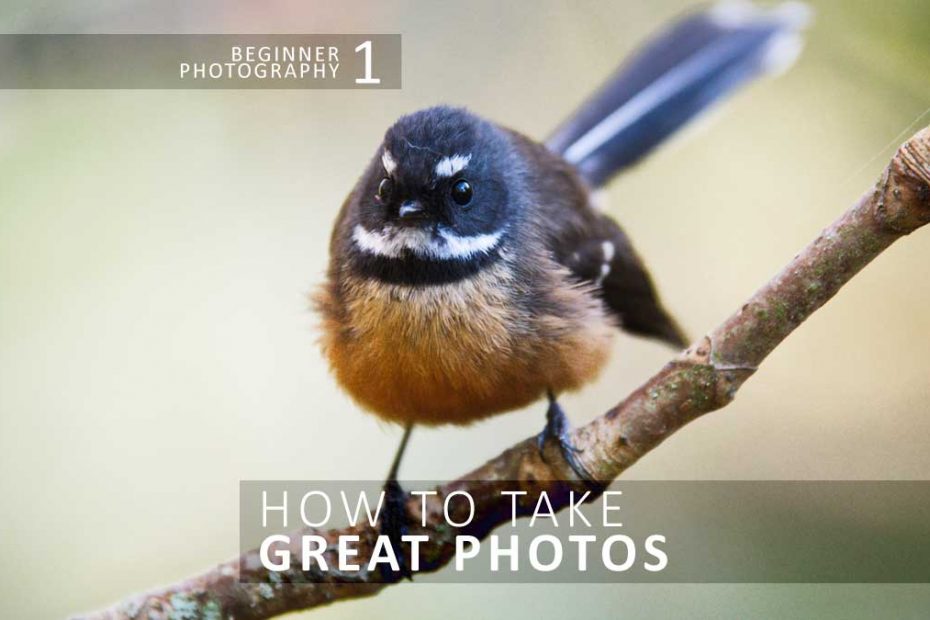Taking good photos is not as difficult as you think. It all starts with consciously identifying your photo’s point-of-interest and composing your photo to best serve and flatter your chosen point-of-interest.
This easy to follow guide presents 5 fundamental and essential photography techniques that will help you take a good photo regardless of the camera you own.
#1 Good photos have a point-of-interest
A good photo requires you to consciously identify a point-of-interest since your point-of-interest is your photo’s main event. It might be a person such as friend, family member or even yourself. If you look deeper still, your point-of-interest might be more specific and not the person as a whole but their eyes or smile. In landscape photography, your photo’s point-of-interest may be the sky or the sun setting behind the horizon. Good photos need an identity, a subject the viewer can lock eyes with and the better your point-of-interest, the more engaging your photo will be.


#2 How to compose a good photo
Composition is critical for good photos. Having identified your point-of-interest, the star of your photo – you now need to place your star in the right place. People respond well to geometry and a great place to start is the Rule of Thirds. The rule of thirds is a 3×3 grid dividing the picture into 9 even sized cells and the idea is to place your point of interest where the lines intersect. If you check your camera’s settings, you might have an option to show this grid onscreen or through your viewfinder.

#3 Your background will make, or break, a good photo.
When composing your picture and framing up your point of interest, be aware of your photo’s background. A background can make or break a good photo. After all, you do not want an over-filled litter bin featuring in your daughter’s graduation photo nor another interesting point-of-interest drawing attention from your chosen subject.
However, your background may be favorable by adding context to your photo and providing your point-of-interest with a sense of place. If your background is distracting or unnecessary, you can remove it from your picture by stepping forward (or zooming in) so your point-of-interest fills the whole photo. Alternatively, you might get a better photo by taking the shot from a different angle thus changing the background.

#4 Good photos use creative angles
You can get a good photo from familiar, less engaging points-of-interests by taking your photo from unusual angles. If you consider that we all walk around looking ahead from a height between 5-6ft, a photo taken from the same perspective will resemble what we see everyday and will be less engaging as a result. Such a photo will also look very similar to photos taken by others.
Try kneeling and holding your camera a few inches above the ground or find a high position and shoot straight down onto your point-of-interest, whatever it takes to present your point-of-interest in a way people haven’t seen before and you will have a better photo as a result.


#5. Good photos have depth
Good photos don’t look two dimensional. There are two ways to add depth, you can blur the background or use leading lines.
Blurring your subject’s background
Having a sharp subject against a blurred background provides an appealing aesthetic as well as a little 3D punch. Known as subject separation – not all camera and lens combinations are capable of doing this. If you are interested in this effect, a little understanding of focal length and aperture goes a long way. Background blur, or shallow depth-of-field; is often achieved by photographing a very close subject against a more distant background. Flowers make for a practice great subject.


Leading lines
A leading line is some thing that walks your eye towards the photo’s point of interest. It can be a path, a river, or a road and is another great way to add depth to a photo when background blur is neither available nor desirable.

Summary
You can take a good photo with any camera so long as you identify an engaging point-of-interest and present it well by not crowding it with unnecessary or ugly background clutter. By searching out new angles, you will be able to present familiar points-of interest in unfamiliar ways for better, more engaging photos that stand out from similar pictures taken by others.
A more advanced camera will expand the number of scenarios you are able to capture great photos and lenses with different focal lengths will allow you to manipulate field of view and perspective. In other words, if you already take good pictures, a new camera or lens will serve to expand your creative envelope and enable you to get more out of your talent.
If you are already armed with a good camera but remain enslaved to its automatic modes, it is well worth learning about shutter speed and aperture.
